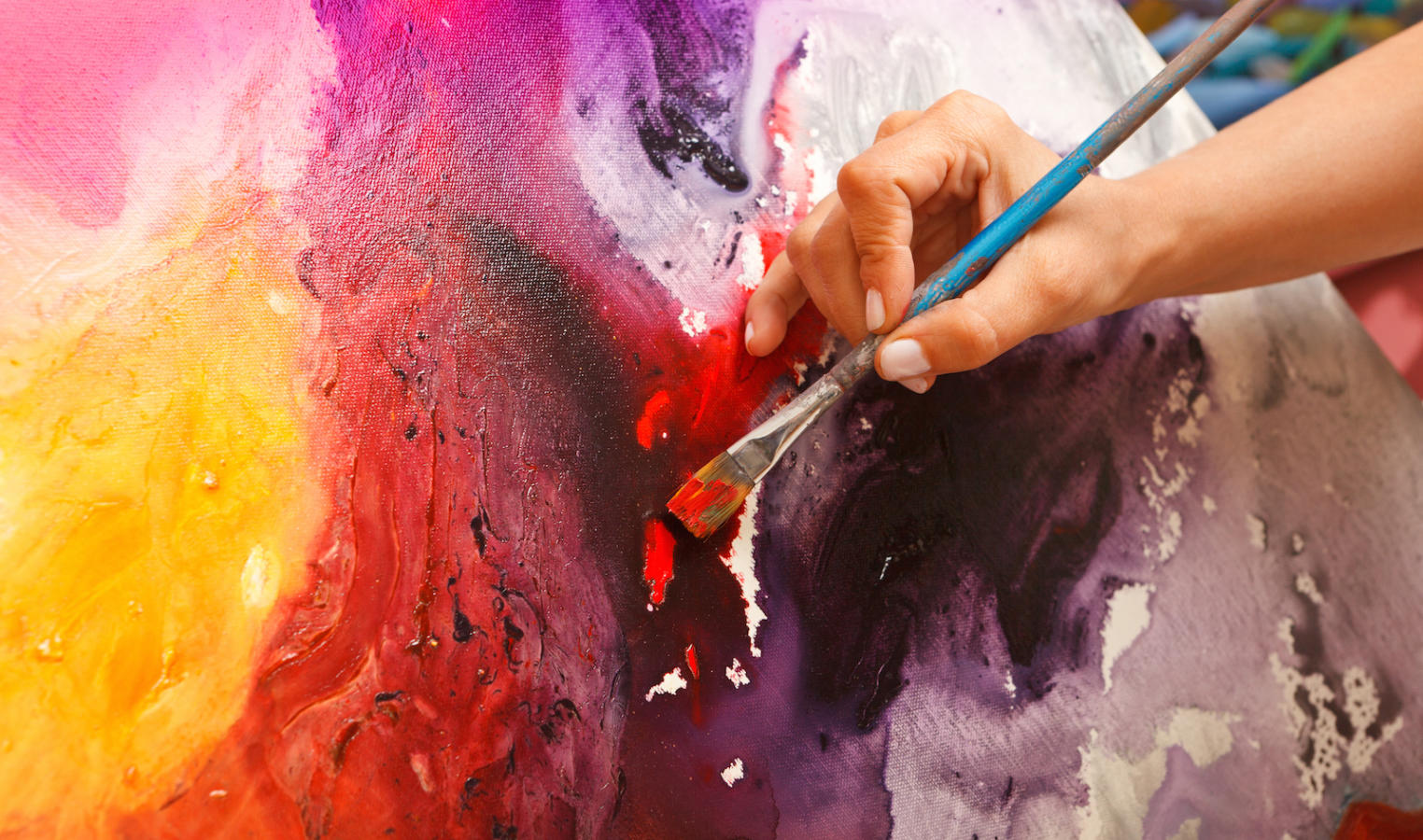Teshuvah is the foundational practice of the High Holy Day season. Literally translated as “return,” teshuvah is a process of turning away from those ways in which we missed the mark so we may come back into right relationship with others, with the Divine and with ourselves.
Whether through carelessness, egotism or laziness, teshuvah challenges us to admit our transgressions, make amends, and resolve to do better in the coming year. Yet according to the great Hasidic master Rabbi Kalonymous Kalman Shapira, teshuvah is also a kind of creativity. More than a simple return to what has been, it is a process of remaking ourselves anew. But how?
Rather than turning away from our missteps, the creative potential of teshuvah lies in a turning toward those places in which we faltered or failed. In the words of psychologist David Richo, “Hidden in everything negative is something alive and beautiful that wants to belong to us.”
Immense power and potential dwell in the dark, unresolved places in our soul. For it is only when we allow ourselves to come face to face with these less desirable parts of ourselves that we can understand and unlock the creative vitality contained within them. In this way, we emulate the creative process of the Divine.
The practice of making art can help connect us to these wild, untamed parts of ourselves.
Start with a desire, the call of what attracts you. It could be something small, the pigment of a color, the feel of a certain brush. From there, make marks on a page, seeing where the next mark will take you. Each moment, each stroke, is guided by each subsequent desire. And each desire is a call from intuition, that place beyond the rational, intellectual mind, a place older than time and beyond words, the source of creation. We could call it God. You can feel it when you create in this way, it is tangible.
This way of painting appears simple, almost childlike. Yet the skill required is in some ways much more demanding than accurately portraying the dimensions of a still life. It is that of opening to intuition, to God, of following the path into the bright sunshine, the dark damp woods, the rocky cliffs, the murky depths within.
It can be terrifying to think where this creative exploration might lead us, or what we’ll find in our swirling depths. We weren’t raised to be explorers of our soul, to hear the voice of the universe refracted through us. We’ve been conditioned to replicate an image of what we think — or have been told — the paintings of our lives should look like.
But in opting for safety, we miss the wild, fertile place of all possibility, our innate creativity. And without this connection, teshuvah becomes impossible.
A beautiful Midrash about the creation of the world conveys an argument between a certain philosopher and Rabban Gamliel, the leading rabbinic authority of his time. Reflecting on the first verses of the Torah, the philosopher remarks, “Your God is indeed a great artist, but surely God found on hand suitable materials which were of help in creating!” Intrigued, Rabban Gamliel asks, “What are those materials?” The philosopher replies, “chaos, void, darkness, water, wind, and the depths” (Genesis Rabbah 1:9).
When teshuvah leads us back into the texts of our lives, we too find chaos, void and darkness in our depths. Rather than turning away from our human failings, teshuvah beckons us toward these complicated, as of yet unintegrated places within. The ways in which we miss the mark arise from those dark and unknown corners of ourselves, those places of chaos and void.
But it is also within these very places that our own artist’s palette lies hidden. Like a half-finished painting that yearns to be fully realized, teshuvah is the work of re-engaging with all that yet remains unknown and unresolved so that a fuller, richer, more vibrant image may emerge.
In the High Holiday season of new beginnings, teshuvah beckons us to return to our depths so that we may encounter these places of primordial chaos within. May we have the courage of spirit, intrepidness of mind and openness of heart to see all that we find there as pigments on our palette, the raw materials for us to create ourselves anew.



